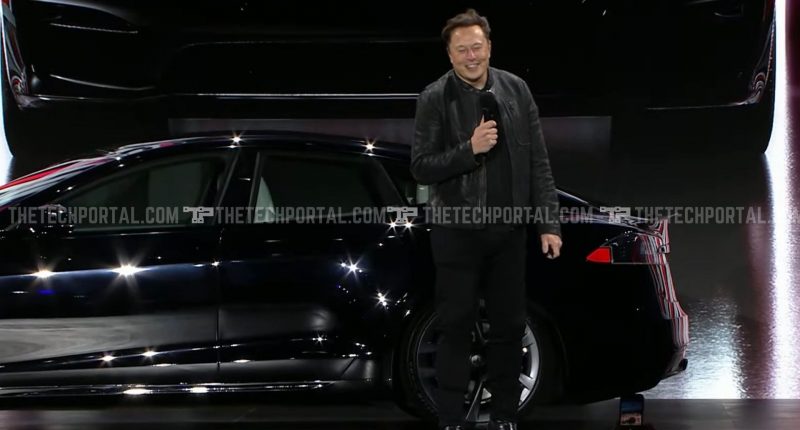Tesla is perhaps the biggest player in the EV segment in the world today. Earlier, we had reported that Elon Musk’s EV company had rolled out an impressive 930k+ vehicles last year. Now, since Tesla has released its earnings for Q4 and 2021 as a whole, we can conclude that it had a strong year despite facing obstacles such as supply chain issues and a global semiconductor shortage.
Tesla generated $17.7 billion in revenue with an earnings per share (EPS) of $2.54 (non-GAAP) in the winter quarter. These numbers exceed wall street estimates of $16.35 billion in revenue and $2.26 EPS in Q4 2021. The 65% rise in revenue was driven by the growth of vehicle deliveries and growth in other parts of the business.
Its operating income amounted to $2.6 billion GAAP and an operating margin of 14.7% in the winter quarter, while its net income was $2.3 billion GAAP. According to Tesla, its vehicle deliveries rose by 87% last year – it produced and delivered 3, 05, 840 vehicles and 3, 08, 650 vehicles in the winter quarter. Overall, the company produced 9, 30, 422 vehicles and delivered 9, 36, 222 vehicles in 2021.
Tesla’s shares initially fell by nearly 5% in extended trading (after it said that issues plaguing the supply chain could persist throughout 2022) but rose once again later on. In Q4 2021, the company clocked nearly $16 billion in total car revenue, while its automotive gross margin rose to 30.6% in the quarter.
Its cash and cash equivalents at the end of the quarter rose by $1.5 billion to clock $17.6 billion in the winter quarter. This was mostly fuelled by the free cash flow of $2.78 billion. Its total debt (excluding vehicle and energy product financing) dropped to $1.4 billion at the end of the year.
Overall, Tesla recorded $5.5 billion GAAP net income and $5 billion of free cash flow last year, even as it invested $6.5 billion in building and developing new factories and on other capital expenditures. Its revenues for the year rose by nearly 71% to amount to $53.8 billion (adjusted non-GAAP EBITDA of $11.62 billion) and EPS (non-GAAP) was $6.78.
What is next on Tesla’s agenda? The company said that it now eyes increased production as quickly as it can. This will be achievable through increasing production in its Austin and Berlin factories and maximizing its output from its Fremont (which achieved record production last year) and Shanghai factories. Musk expects the company to remain “chip-limited” throughout the year, which will result in no new vehicle models rolling out this year. Instead, Tesla will work on tooling and engineering to create the vehicles in the future.
